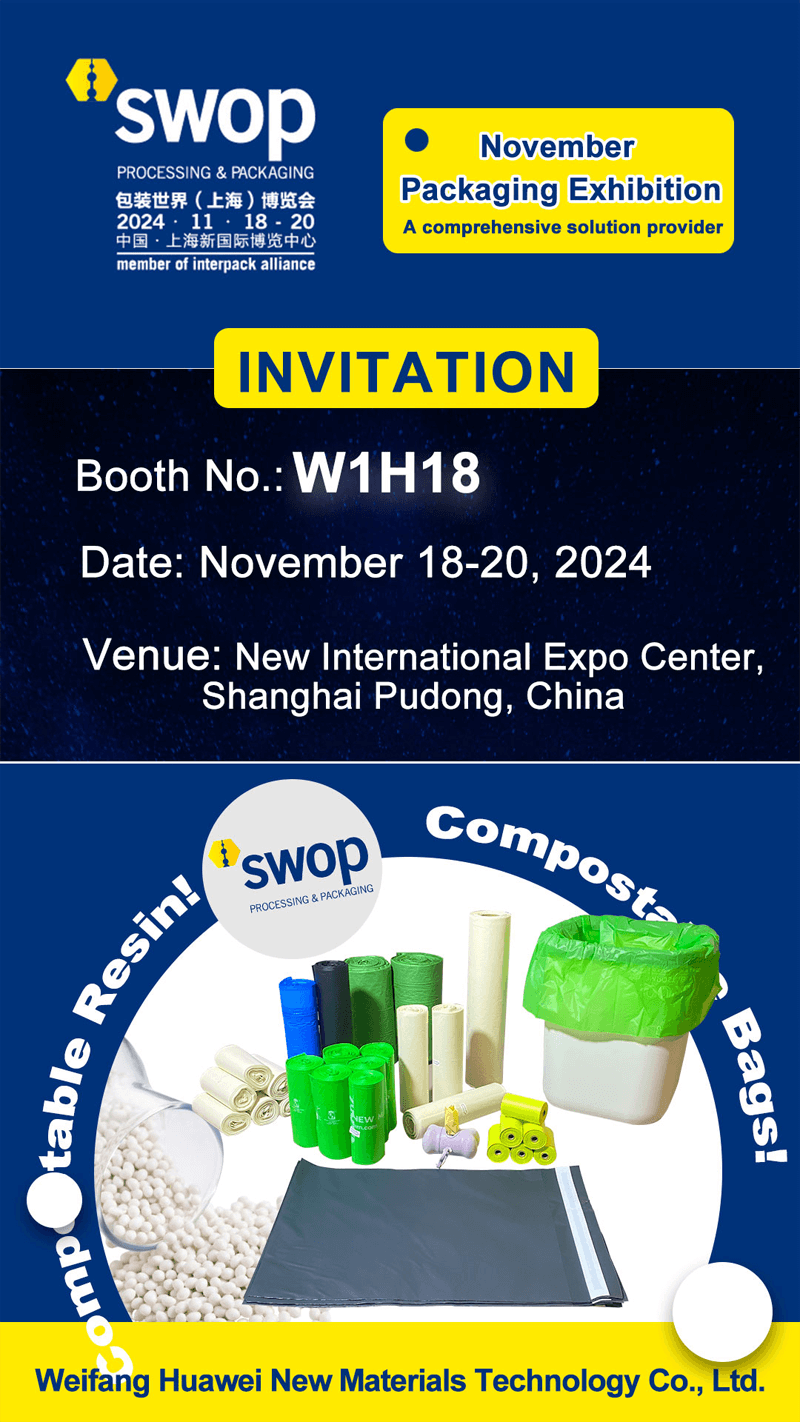Apr. 16, 2025
Biodegradable plastics have been touted as an “eco-friendly solution” to white pollution, but hidden technological limitations, commercial misinformation and regulatory loopholes could make them a “green scam”. The following is the key insider analysis:

- Adding oxidizing agent (e.g. PE+starch), only broken into microplastics, but the toxicity is enhanced. The EU has explicitly banned, but some countries are still in use.
- Industry black word: “disintegrable” plastics (actually non-degradable).
- Requires industrial composting (50-60°C + specific microorganisms + humidity), very slow degradation in natural environment.
- Truth: Only about 20% of industrial composting facilities in the world can process PLA, and most of them are incinerated as garbage.
- Labeling “degradable” without stating the conditions (e.g. “soil degradation takes 2 years” actually refers to the ideal laboratory environment).
- Case: A takeaway platform's “environmentally friendly lunch boxes” are still intact after 3 years in the natural environment.
- The price of biodegradable plastics is 2-5 times higher than that of ordinary plastics, but after the government subsidy, the company profits from the “environmental tax”, and the actual recycling rate is less than 10%.
- PLA and PET are similar in appearance, and mixing them with traditional plastics will cause the whole batch of recycled materials to be scrapped. Some recyclers in Europe have refused to accept PLA-containing waste products.

- The degradation of PBAT may release terephthalic acid (suspected endocrine disruptor), and the degradation of PLA produces lactic acid, which may change the pH value of soil.
- The Chinese standard (GB/T 20197) only requires a degradation rate of ≥90% within 180 days, but does not specify the toxicity of the residue. The American ASTM D6400 standard also has similar problems.
- Traditional plastics giants are lobbying to promote the concept of “degradability” and suppressing true circular economy solutions (e.g. reuse systems).
- Recognize industrial composting certificates (e.g., EU EN13432, U.S. BPI), and be wary of vague expressions such as “photo-degradable” and “thermo-oxidative degradable.
- Verification at home: Bury the plastic in the moist soil of a flower pot, if it does not crumble after 3 months, it is pseudo degradation.
- Such as glass, stainless steel reuse, or choose packaging-free products.
Degradable plastics have value in specific scenarios (e.g., healthcare, agriculture), but are by no means a panacea. Reducing single-use consumption is more effective than relying on “biodegradable”. Consumers need to remain critical of “technology myths” in the environmental sector, which often mask a profit motive.
Truly degradable products are plastics that can, under specific environmental conditions, under the action of microorganisms, light, oxygen or moisture, and after a period of time, undergo physical or chemical changes, gradually decompose and ultimately be converted into environmentally harmless substances such as water, carbon dioxide, methane or biomass. According to national standards, degradable plastics are divided into the following categories:

1. Biodegradable plastics: in nature, such as soil, compost, freshwater or seawater environments, they are eventually completely degraded into harmless substances such as carbon dioxide and water through the action of microorganisms.
2. Compostable plastics: they can be completely degraded under composting conditions, and the degradation products are harmless to the environment and can support plant growth.
3. Photo-degradable plastics: can be degraded under light conditions, but attention should be paid to the microplastics that may be produced.
4. Thermo-oxidative degradation of plastics: degradation occurs under the conditions of high temperature and oxygen, also need to pay attention to the impact of its degradation products on the environment.
<Prev:The “Degradable Plastic Bags” You Throw Away Are Secretly Polluting Our Homes
> Next:White Pollution from Plastic Flowers for Qingming Festival
Related Products
Latest News
The “Degradable Plastic Bags” You Throw Away Are Secretly Polluting Our Homes
Degradable Bags Become Organic Fertilizer After Use Safety and Environmental Protection
The Situation Of Plastic Waste In 2025
The total consumption and per capita consumption of plastic
Celebrating the Chinese New Year-Rejecting Excessive Packaging And Plastic Waste
What Is The Difference Between Biodegradable Bags And Fully Biodegradable Plastic Bags?
The origin of plastic can be traced back to the mid-19th century.
How Biodegradable Plastic Bags Decompose Without Releasing Toxins
How Bio Plastic Bags Support Sustainable Product Manufacturing
Do Bio Plastic Bags Release Harmful Substances During Decomposition?
Does Biodegradable Plastic Bags Have an Impact on Environmental Protection
The Difference Between Fully Degradable Plastic Bags And Pseudo Degradable Plastic bags
The Difference Between Fully Degradable Plastic Bags And Pseudo Degradable Plastic bags
The Difference Between Biodegradable Mailer Bags And Traditional Mailer Bags
How Long Does It Take For Wet Garbage And Different Plastic Bags To Degrade?
Degradable Plastic Bags - What Is The Difference Between Degradable, Biodegradable And Compostable?
Current Status and Future Development Trends of Biodegradable Plastic Bag Market in 2024
Traditional Plastic Bags Have Gradually Been Replaced By Biodegradable Plastic Bags
In 2024, Protect Our Planet And Make The New Year More Meaningful
How to Create the Perfect Packaging Field?
From November 22 to November 24, 2023, we participated in Shanghai World Of Packing.
